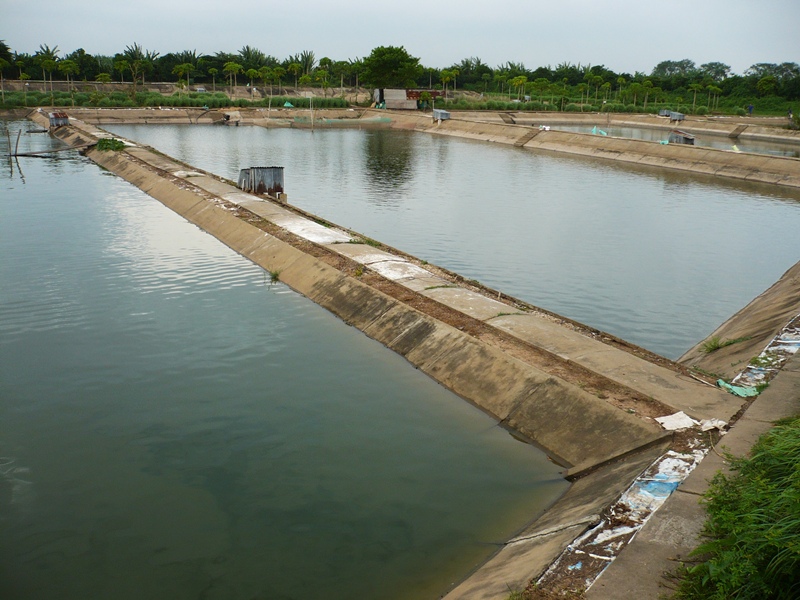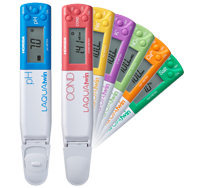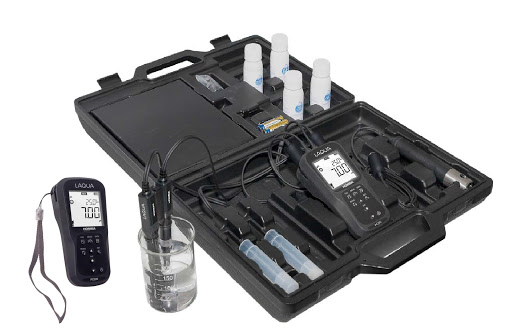| Dissolved oxygen is one of the most important parameters in aquaculture. Like humans, fishes require oxygen for survival. Low dissolved oxygen levels can lead to poor health and even death of fish stock. The amount of dissolved oxygen in fish ponds can be linked to many factors, such as salinity, temperature, levels of respiration and photosynthetic activity. Optimal dissolved oxygen levels for fishes fall between 5 to 12 mg/L (ppm).
Fish excrete ammonia as waste, and ammonia is converted into nitrates by bacteria. High levels of nitrates encourage algae growth and cause problems in fish, such as poor fish colouration, lethargy, and breeding difficulties. As algae die and decompose they deplete the water of available dissolved oxygen, which in turn causes the death of other organisms. To keep nitrate levels in check, ensure that waste produced does not exceed the amount of nitrates that your aquatic plants can take up. Optimal nitrate levels differ between species; in general, nitrate levels should be kept at a minimal (
|
 |
|||||
|
Measuring pH levels is important as it is a measure of the acidity or alkalinity of water. The optimal pH range for fish growth and reproduction is 6.5 to 9. When water pH falls or rises outside the optimal levels, fishes can become stressed or die. Low pH levels accelerate the release of metals from rocks and sediments which may interfere with fish metabolism and their ability to take water in, while high pH levels can convert ammonia (NH4 +) into unionized ammonia (NH3 ) which is extremely toxic for aquatic life.
Total Dissolved Solids (TDS) is a measure of all the dissolved organic and inorganic materials in water. This is different from Total Suspended Solids (TSS), which constituents are generally picked up by your water filter. Measuring TDS allows you to see how polluted the water is, comprising of water hardness (e.g. calcium, magnesium carbonates), nitrites, nitrates, chlorine, and other molecular compounds dissolved in water. While different species will have different thresholds for Total Dissolved Solids, in general TDS should be kept low (< 500 mg/L) to prevent fishes from falling sick |
||||||
With Horiba’s advanced scientific technology, you can now ensure that your fishes are healthy!
|
|
||||
 |
|
|||
 |
|
******************************************
For more infomation, please contact:
Red Star Vietnam Co., Ltd.
Email: info@redstarvietnam.com